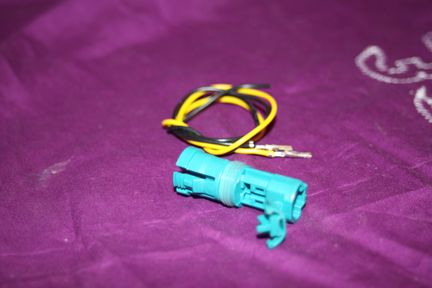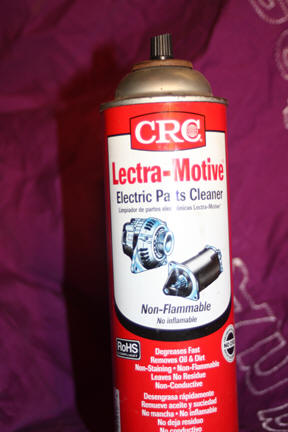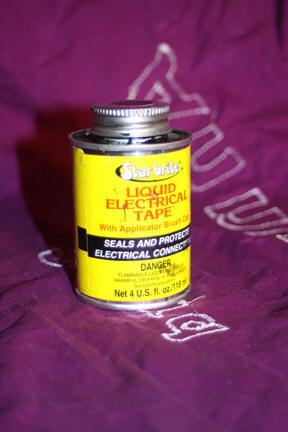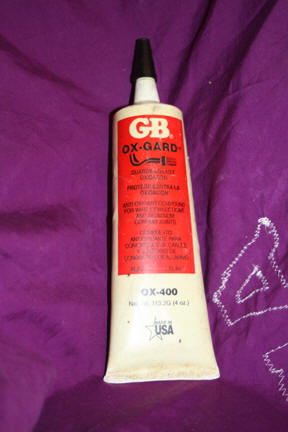
Shared Knowledge
"BMW - Wheel Speed and Brake Pad Wear Sensor Connectors"
15 August 2016

Summary: the connectors used on wheel speed and brake pad wear sensors are terrible in implementation. They break, wires into connector are not sealed from elements and contacts are very, very small and easily corrode overtime. If you take the time to properly seal connectors and clean electrical contacts, the connectors should not give you problems for years.
Background:
Owned model year 2000 BMW X5 and still own 1997 BMW Z3.
Both have had problems with either wheel speed or brake pad wear sensors causing dash lights to come on when nothing wrong with speed sensor or brake pad wear sensor.
Connectors used to connect sensors to wiring harness are terrible in implementation and fail over time.
Where the wiring harness is connected to a sensor, there is a plastic junction box which is supposed to protect the connections from dirt and water. They sort of do but connectors still get too much dirt and water/moisture over time.
Automatic braking system uses a wheel speed sensor on every wheel.
The brake pad wear sensors are only on 2 wheels and depend on model where located.
Connector problems and solutions:
The connectors used by BMW (1) are not sealed where very small gauge wires enter connector and (2) electrical pins and female sockets are extremely small.
First thing to do is locate the junction box hosting the connectors.
The junction box is plastic and covers the connectors, sort of.
Once you find junction box, you open it by pulling one way or the other on the cover. The cover is sort of snapped into place.
Remove connectors from junction box and use can of air to clean out junction box.
Take apart one connector at a time. Each has a section on the wiring harness end that you depress and then pull the bottom half of the connection off.
Once connectors are apart, use electrical contact cleaner to clean the male and female electrical contacts.

Let contacts air dry.
Check wires going into connectors. Not broken?
Using liquid electrical tape or silicon caulk, seal the ends of each connector where the wires enter the connector.
![]()

With ends of connectors sealed, use electrical anticorrosion compound on male and female electrical contacts. Use only a small amount.

With connector ends sealed and dried, place small amount of plumber's grease around wiring harness connector rubber threads so a water tight, non-permanent, seal can be made and then join wiring harness connector to sensor connector.
Place connector back into junction box and do next connector if required or desired.